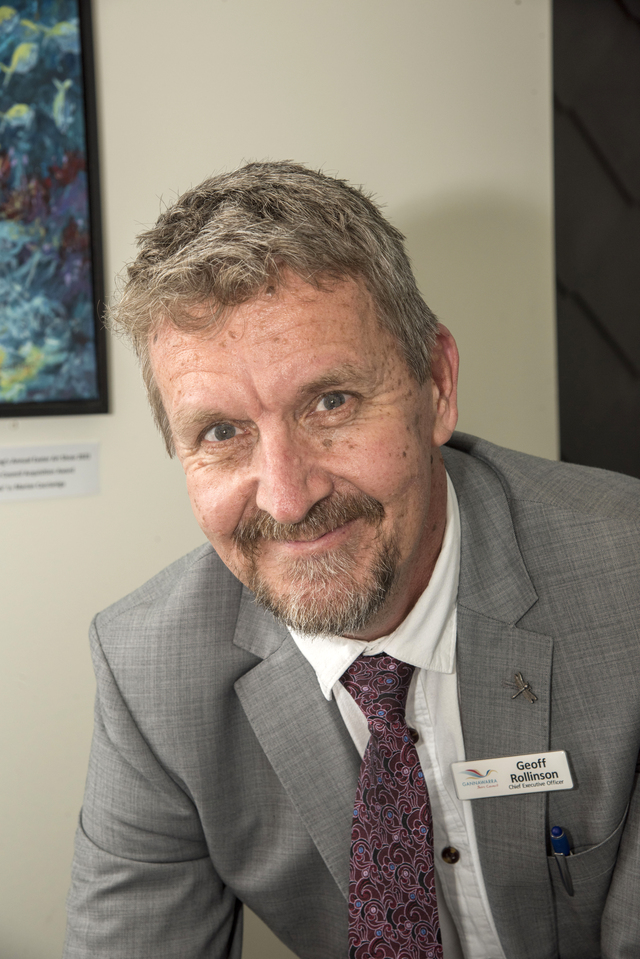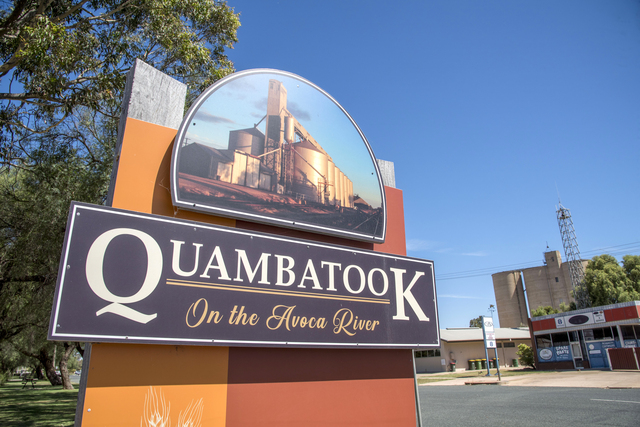WHAT farmers say will be irreparable environmental contamination from the processing of mineral sands is the focus of dissent to the Goschen mineral sands mine project.
Farmer Craige Kennedy, a neighbour of the proposed mine, has been an outspoken opponent of the project, pointing out the need to protect groundwater, soil and residents’ health and safety throughout hearings of the project’s inquiry and advisory committee.
“Expert evidence from the EPA raised serious doubts about whether the proposal could even be considered,” Mr Kennedy said.
Mr Kennedy told Gannawarra Times the risk of irreparable damage from radioactive contamination of surface and groundwater and the irreversible disruption of intricate Mallee soils was too high, regardless of changes VHM had made to its plans.
Water
VICTORIA’S Environment Protection Authority was very concerned about the groundwater in its submissions to the inquiry, Mr Kennedy said.
“They submitted that once the water is contaminated, it’s very hard to fix it,” he said.
“We’ve got low-lying box flats, native vegetation that could be impacted and lost to salt and contamination.
“Productive land could start going out of production.”
Mr Kennedy said multiple aspects of the project raised alarms for water security, from the sourcing of 4.5 gigalitres of water from Kangaroo Lake, salt and radioactive contaminants in mine runoff reaching delicate native wetlands and groundwater, and the fine particle dust caused by processing of rare-earth mineral concentrate entering drinking water.
A West Australian rare-earth mineral concentrate expert gave submissions to the IAC on the pervasiveness of the dust produced during processing, telling the inquiry it was so fine that it was hard to contain and could get into air and water.
“He made a big effort to come across and explain the risks of it, and he just said that you wouldn’t want to live near one of these mines,” Mr Kennedy said.
He said rainwater collected in tanks from roof runoff for residential drinking water would be contaminated, putting neighbours of the mine at risk.
Soil
AGRONOMIC consultant Brad Bennett, who has experience in rehabilitating mine sites, said he had initially been excited to read VHM’s rehabilitation proposal, which company representatives had told the community was going to restore the soil to the same quality or improve it.
“After 10 to 15 minutes of reading the first EES, I was yelling at my iPad that they can’t do this, this is wrong,” Mr Bennett said.
“Their lack of understanding of the soils – they probably didn’t know they couldn’t do the rehabilitation processes they were putting forward.
“It was very disappointing, and it gave the impression that the company would say whatever they needed to get approval regardless of if they believed it.”
Despite alterations to the EES through the IAC process and information given in Mr Bennett’s submissions, he said there was still doubt whether a successful rehabilitation that would allow the land to produce as it does now.
“One thing they never responded to or addressed was soil structure and depth – the natural form that comes over thousands of years of deposits and pressure that can’t be replicated.
“If you dig it out, put it back and pack it in, it loses its structure that has allowed us to be highly productive farmers in a low-rainfall environment,” Mr Bennett said.






